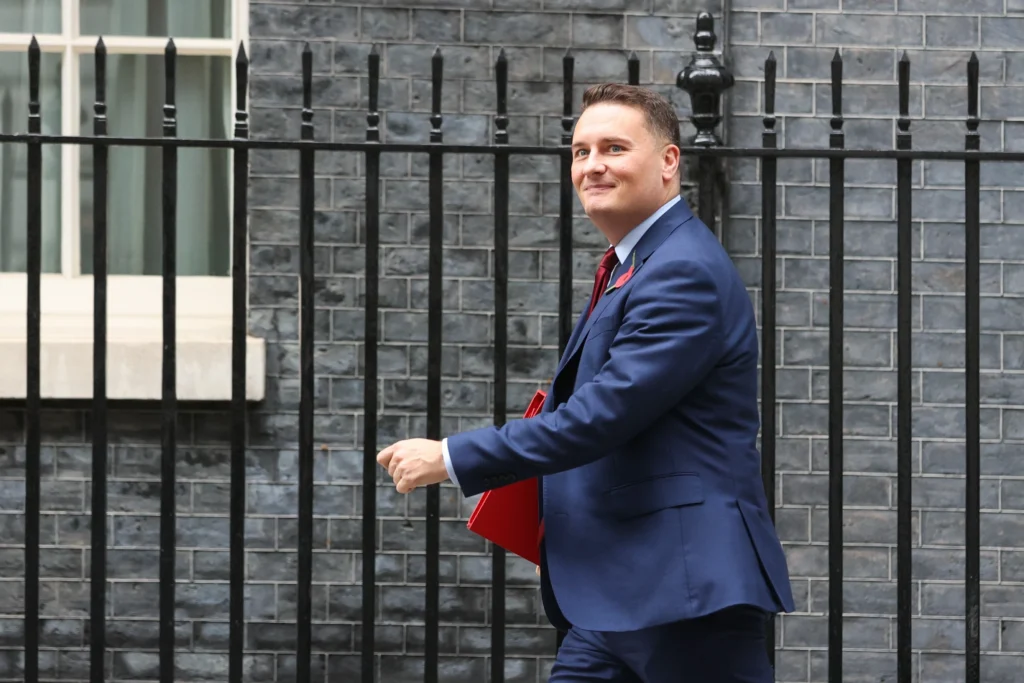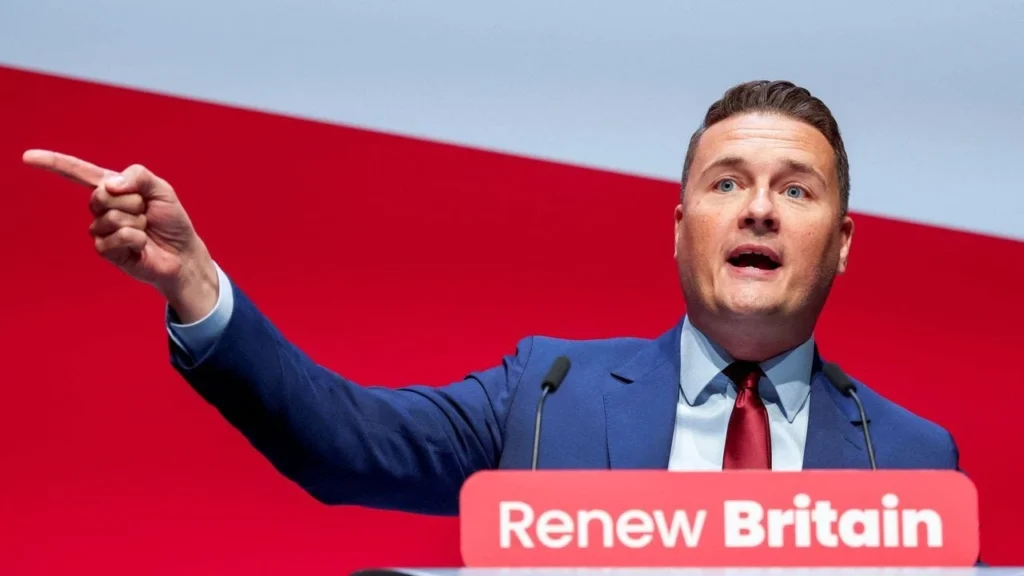One of the new Labour government’s most transformative and potentially electorally decisive initiatives is quietly taking shape in the field of early years education and childcare. With bold reforms aimed at universal access, workforce investment, and child development, Labour’s early years strategy offers not only social reform but also political capital in the run-up to the next general election.
Labour’s early years programme marks a significant departure from the policies of the Conservative-led governments that preceded it. At its core is the commitment to universal access to early education for all children aged two to four, regardless of parental income or employment status. A universal egalitarian policy that appeals to all classes and communities.
While the previous government had expanded the number of subsidised hours for working parents, Labour argues that this model left many behind particularly those in part-time, insecure, or unpaid caregiving roles. By moving toward a universal entitlement, Labour is reframing early years education as a public good, much like primary school, rather than a work support mechanism.
Best start centres and family support
A key pillar of this strategy is the abolition of means testing for free nursery hours and extending 30 free hours to all three and four-year-olds, and later to two-year-olds. The intention is clear: remove the bureaucratic barriers and stigma associated with targeted benefits, while delivering genuinely inclusive childcare. It should also provide a key stimulant to the economy as one of the major barriers to parents being able to work is access to affordable childcare.
To deliver this, the government is establishing a network of early years centres. Echoing the tremendously successful Sure Start centres of the New Labour era, these Best Start centres will go beyond basic childcare. They will offer wraparound services including health checks, parenting support, speech and language therapy, and links to social care and education services. These centres are already being rolled out and enjoy strong public support.
In contrast, some Reform and Conservative led councils are cutting SEND funding and school transport costs, drawing a clear dividing line with Labour’s family-first investments. This sets up a powerful narrative for Labour heading into the local elections next year.
Investing in the workforce
Labour’s integrated approach is rooted in evidence from both the UK and abroad, which shows that early, coordinated support improves long-term outcomes for children. Labour’s new centres are designed to tackle inequality at its source and improve school readiness from the earliest age. During their decade in power, the Tories chose to decimate child services, Labour is choosing to invest in the next generation.
However, expanding access is only one part of the equation. The early years sector is experiencing a staffing crisis, with low pay, poor conditions and limited career progression pushing many out of early education roles.
To address this, Labour has promised to boost pay, reform qualifications pathways, and introduce structured training via the new national body, Skills England. These reforms will professionalise the sector, raise morale, and ensure that increased demand can be matched with quality provision. A new Single Workforce Strategy for early years professionals, is also being developed in consultation with unions, local authorities and nursery providers.
Political Implications: Quiet but Powerful
Though not as prominent in the headlines as immigration, the NHS or the economy, Labour’s early years programme is likely to be one of its most politically resonant policies—especially among the voters it needs to retain or win back before the next general election.
Affordable childcare consistently ranks as a top concern for working families, particularly among women and younger parents. In constituencies across the so-called “Red Wall” and key southern swing seats, high-quality, affordable childcare remains out of reach for many. By addressing this, Labour not only meets a pressing social need—it also positions itself as the party of practical, family-oriented reform.
The policy is especially salient for middle-income families squeezed by high living costs and childcare fees that rival a second mortgage. It also offers a way to rebuild trust with female voters disproportionately affected by the pandemic and austerity-era cuts to childcare and children’s services. Politically, it is a clear, distinctive offer, not matched by the Conservatives or Reform, and a chance for Labour to win trust and support across the electorate.
It is worth remembering that Labour isn’t starting from scratch. The Sure Start programme, introduced under Tony Blair, was widely praised for improving educational and health outcomes among children in disadvantaged areas. Its dismantling during the austerity years left a gap that many communities still feel. Keir Starmer’s government appears determined to learn from this. By embedding early years reform into its wider “mission government” strategy and connecting it to housing, skills, and health for long term impact.
Delivery will be the true test. Persistent staff shortages, under-resourced local authorities, and a lack of suitable premises could delay implementation. The government will need early wins – more childcare places, lower costs, and visible improvements in deprived areas – to show the policy is working.
If Labour can overcome these challenges and show progress within 18 months, the political rewards could be significant. As one senior strategist put it, “Parents don’t forget who helped them out when their kids were small.”
While it may not dominate headlines, Labour’s early years strategy of combining social justice, economic logic, and electoral appeal could make it a defining legacy of the Starmer era and a key pillar of Labour’s re-election campaign.




